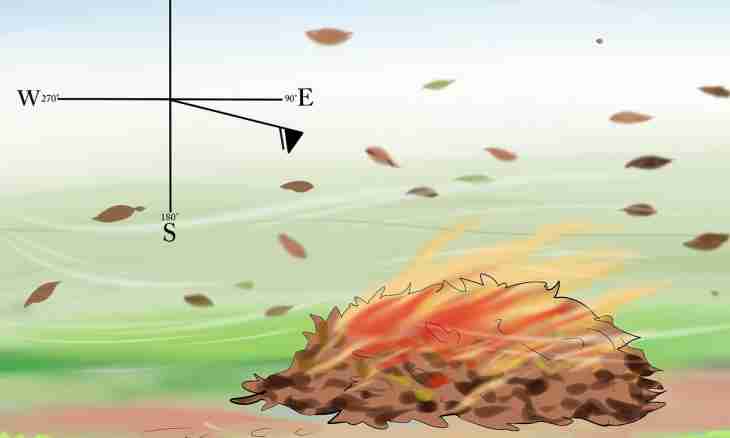What is coordinates, much know from school - it is the linear or angular sizes defining the provision of a point on the area or a surface. Coordinates, more precisely than a system, coordinates are geodetic, geographical (astronomical), polar and rectangular (flat).
It is required to you
- Ruler, protractor, compasses measuring instrument.
Instruction
1. The main defining sizes in the geographical system of coordinates are the geographic latitude and geographical longitude. Determining geographical coordinates, it is accepted to take a corner which is formed by the plane of the equator and the steep line of this point of a surface for width. Width is counted from the equator (from a zero parallel) in the northern or southern direction, from 0o to 90 lakes. In cartography it is accepted that width in the northern hemisphere has positive value, and in southern – negative. Geographical longitude also as well as width a corner, only it is made by the plane of a zero meridian (Greenwich meridian) and by the plane of coordinate which is carried out through a point, which it is necessary to determine. Longitudes can be measured from 0o to 180o in east or western direction.
2. For the geographical system of coordinates the width and longitude, in the geodetic system of coordinates, besides the geodetic width and geodetic width were the basic concepts, also such concept as geodetic height is entered. Geodetic height is the perpendicular line drawn to the Earth's surface from its surface to this point. It is conditionally considered to be that Earth has the rotation ellipsoid form, i.e. physically it does not exist and therefore to determine height by land methods very difficult. Generally for its definition use satellite measurements.
3. In the polar system of coordinates instead of concepts of width and longitude use concepts of a polar corner and polar radius. If the previous systems of coordinates were set by a surface of an ellipsoid and dihedral angles, then these coordinates are set by a polar axis (beam). The point which leaves this beam is called a pole and is a reference mark of coordinates. The point in such system of coordinates also has two coordinates: angular and radial. Angular coordinate shows, it is how necessary to turn counterclockwise a beam (polar axis) before coincidence to a point. Radial coordinate shows distance from a point prior to the beginning of coordinates.
4. The rectangular system of coordinates in geodesy and cartography makes the same sense as in mathematics. There are two perpendicular lines and coordinates of points are defined crossing of the line drawn from a point with an axis of coordinates. The main difference is only, what in geodesy of an axis interchange the position of, i.e. axis X is the vertical line, and axis U – horizontal. Also they differ in the direction of numbering of quarters: in arithmetics the account goes against an hour hand, and to geodesies on the hand course.

